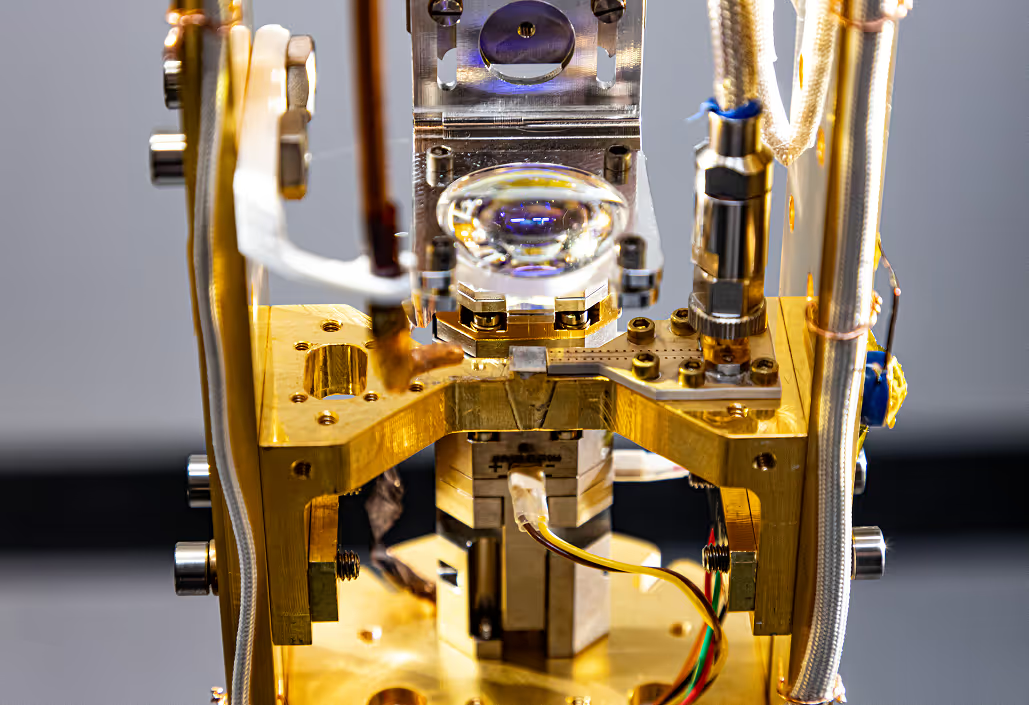.jpeg)
Algorithmic Qubits (#AQ) is a tool for showing how useful a quantum computer is at solving real problems for customers, by summarizing its ability to run select benchmark quantum algorithms most often used for applications. The single-number score provides a quick way for a broad spectrum of customers and users to compare systems, and represents IonQ's point of view on how the quantum industry should express the capabilities of near-term hardware.
A full #AQ run comes with a graphic, adapted from the visual representation of the QED-C benchmarks that go into #AQ, showing every run of these benchmarks that went into calculating it. For those who want to dig a little bit deeper into the details of this representation, we’ve prepared a graphic to help understand what it says and how to read it.
For more on #AQ, you can read our full #AQ blog post outlining the motivation behind the standard, the specific rules used to calculate it, and the results for our latest system, IonQ Aria.



